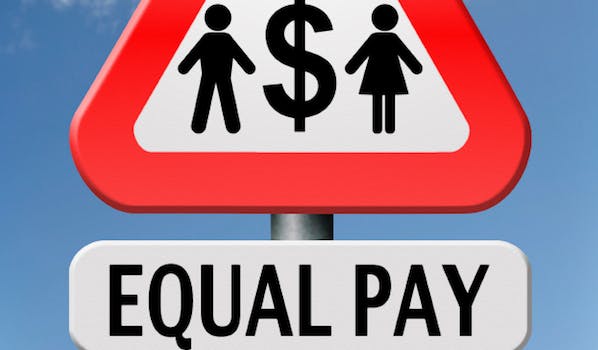More than 3000 chief executives who have not conducted a gender pay gap analysis will be the recipients of a special bottle of water to help them have daughters.
The so-called “Daughter Water” is a new tool in a campaign launched by the Workplace Gender Equality Agency. It aims to encourage chief executives to help bridge the gender pay divide.
According to the new campaign “Daughter Water” is formulated using a “potent combination of old wives tales to help CEOs conceive baby girls”.
Of course, a disclaimer notes that there is absolutely no science to suggest that “Daughter Water” will actually succeed in this task.
The agency is taking this approach because of a new international study showing that CEOs who have daughters do more to bridge the gender pay gap in their own organisations.
“Ridiculous, right?” the bottle reads. “Women being paid fairly shouldn’t hinge on a CEO having a daughter; and it doesn’t need to.”
The agency has enlisted the support of 32 “pay equity ambassadors” including names like ANZ chief executive, Mike Smith, and Telstra chief, David Thodey.
Director of the Workplace Gender Equality Agency, Helen Conway, said the leaders who had signed on to the campaign knew it was much harder to drive workplace productivity if there was “any unfairness or perception of unfairness” in their workplaces.
The agency also released new figures suggesting three quarters of Australian employers had done nothing to ensure men and women were paid fairly.
The data released this week suggests that 73.3 per cent of organisations have not conducted a gender pay gap analysis while less than one in five have completed an analysis in the last year.
The agency found that between November 2013 and May 2014, average men’s weekly full-time earnings increased by $24.90 per week while women’s increased by only $7.09.
As of May this year, the average male working full time earned $283.20 more per week than the average woman working full time. The Australian Financial Review seized on the figures to report the pay gap was at a 20 year high.
“Most leaders genuinely believe they pay people in their organisation fairly, but without examining their payroll data they simply don’t have the evidence to back that up,” Ms Conway said.
“Employers who analyse their data tell us they always find instances of pay gaps that can’t be explained or justified, at least the first time the analysis is conducted, and so they take corrective action to fix imbalances and develop action plans to address the root causes.”
The organisations most likely to have undertaken a gender pay gap are those operating in the finance and insurance services sector, followed by those in public administration and safety followed by mining.
Those operating in the education and training, accommodation and food services as well as healthcare and social assistance industries were the least likely to have undertaken such an analysis.

